Neural networks are thriving in many sectors. They draw stunning pictures, create interfaces for web and mobile apps, and write articles on various topics. All you need is just a pair of words. From a business side, this is a great advantage because you need to cut costs and create a design asap. However, should you really rely on AI?
Contents:
On the other side, illustrators and UI/UX designers are also debating whether image generators will replace them in their positions. And not in vain: the use of AI has grown up to 270% in the last few years. In 2020, the global market of neural networks was estimated at $14.35 billion, and it is expected to hit $152.61 billion by 2030.
Still, there is no need to panic with time to spare. A word-to-image generator has several flaws that prevent it from conquering the markets. Let’s see what they are.
Reasons AI can let you down
Neural networks have many advantages. Like we said above: project cost reduction, swiftness, easy workflow. At the same time, there are cons that eliminate most of these pros and make the usage ill-advised.
Low-quality rendering
Nobody is perfect and neither is the digital mind. While creating pictures, it often makes mistakes. People’s hands are its main weakness for some reason. If you add people to the art, get ready for alien intertwined fingers. Moreover, there are smaller glitches like jagged lines, blurred spots, and object duplication.
Sometimes the AI image generator can get crazy and create rather strange things based on regular prompts. The reason is they do not have any knowledge about real-life objects and how they should work.
As a result, you will still have to hire human specialists to give the designs another brush, or even use pictures as in-house concepts only.
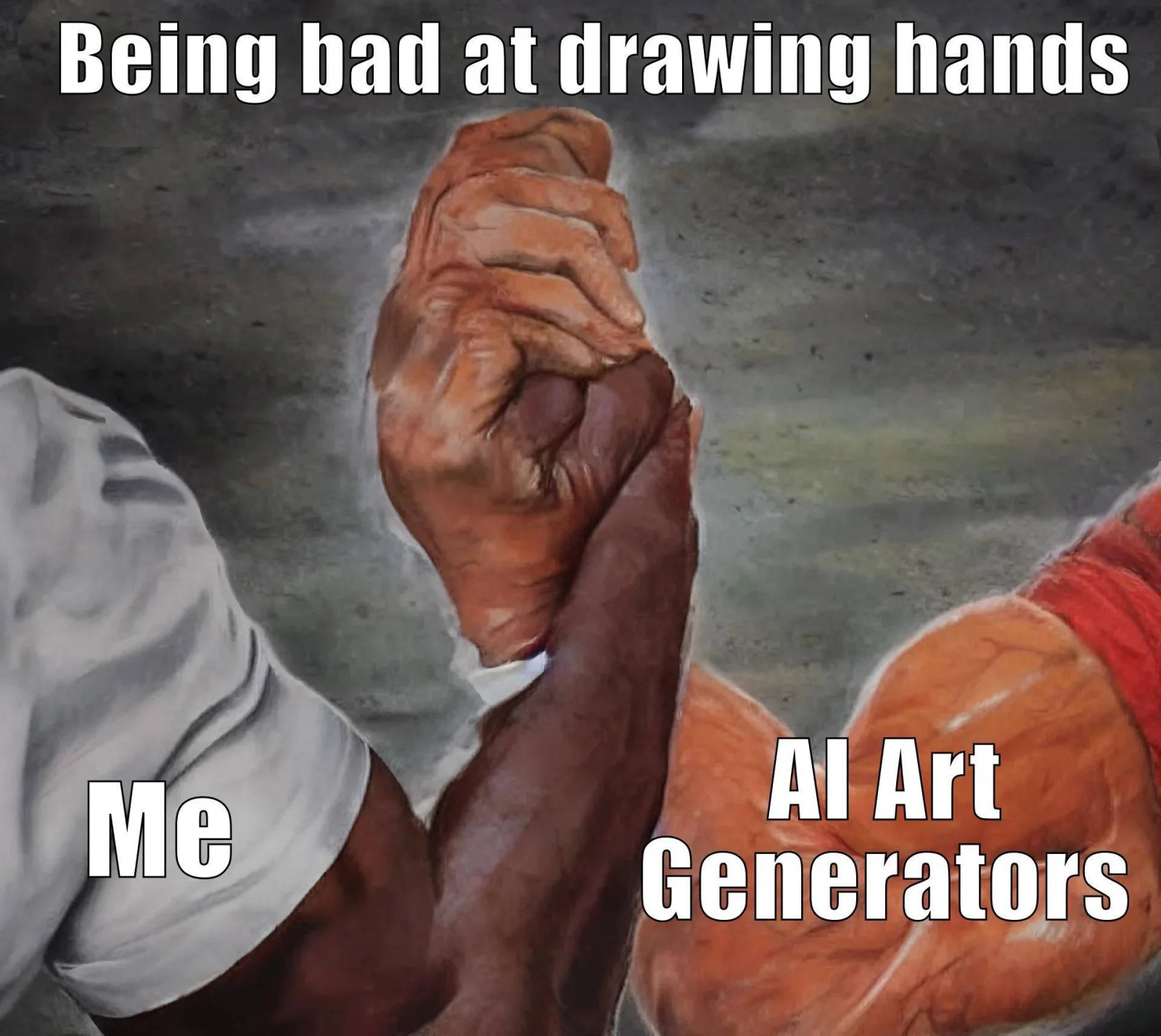
Absence of diversity
Each neural network is trained with millions of pre-selected pictures. It has from 10 to 30 nested layers with different levels of abstraction. First, the picture goes to the input layer and passes information to the next layer until the expected result is obtained at the output.
So the pictures created by AI have a similar style as if done by one artist. They have little variation in lines, colors, and composition, depending on the training pictures. If you strive to build a one-of-a-kind product, image generators aren’t an option.
Copyright infringement
Where do people take pictures to train image generators? The answer is — on the Internet. They just select illustrations on the desired topic, often without asking the original artist for permission. As a result, the tool infringes the copyrights and its creations do too.
Recently, digital artists started a massive flash mob against AI. They flooded Artstation and Instagram with pictures saying ‘No to AI generated images’. The artists didn’t post any new creations so the artificial mind wouldn’t steal them.
That’s why using such images for marketing purposes or product designs is not a great idea, because you will support art theft, even involuntarily.
No creativity
Neural networks are trained on selected images and work based on certain algorithms. They don’t have inspiration or imagination. AI doesn’t bring anything new to this world, its creations are the results of a digital mixture.
Meaningful branding and eye-catching UI/UX design require unique illustrations and solutions. AI just won’t be able to create them for you. To get stunning results, you will have to work with human specialists.
How can you use AI image generators to your advantage?
Despite these downsides, there are cases when you can use neural networks to enhance your internal work processes.
- Use generated illustrations as a base for future work. Implement your idea in a rough sketch created by a digital mind. The result might not be close to your expectations, but it will give you some boost, saving precious time.
- Search for inspiration. Digital brains can suggest different concepts in hundreds of styles. So you can get references, gather ideas and create atmosphere.
- Generate ideas quickly. Need to share your ideas with colleagues? If you aren’t an artist and have little time, neural networks can create rough concepts for you in minutes. Keep in mind, that they will need further improvement.
- Sharpen skills. Sounds strange? Yes, but it’s true. You can compete with AI in drawing pictures or designs on topics where your lack knowledge.
These are just some ways that you can use AI to improve your workflow. Depending on your business or occupation, there are much more, for example, basic three-dimensional modeling.
Popular neural networks for making illustrations and UI/UX designs
What smart tools are worth checking out? We gathered popular algorithms for creating app designs, animations, and digital art.
Midjourney
Midjourney is a proprietary image generator that renders pictures based on a given text. Since July 2022, it is in open beta. Kudos to the Midjourney’s terms of service: the artists can actually remove their work from the training set by sending a request.
In Midjourney, you can create artwork by using special Discord bot commands. To start the process, you need to type the /imagine command and send a picture description. In return, you will get a picture ‘imagined’ by AI.
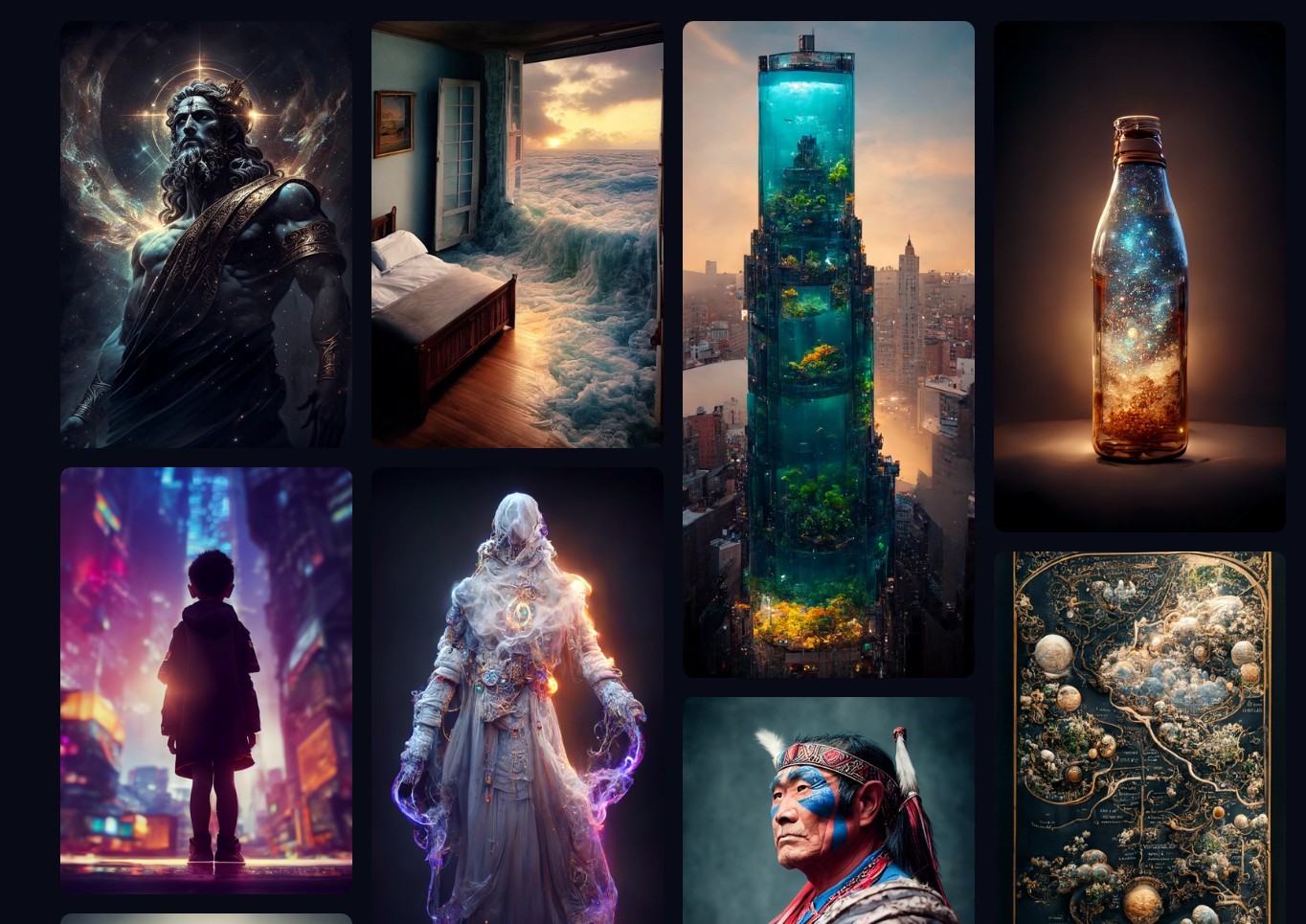
You can use Midjourney to make a few concepts or prototypes and show them to the clients as a representation of the future idea. This is also a great boost to the marketing strategy, as you can quickly generate sketches while brainstorming and then pick the viable ones.
If you want to create web designs, try out Midjourney together with ChatGPT — a chatbot that can generate realistic, human-like text. The first will help you create illustrations for your products, and the second one will write all the text from headers to buttons. In case you aren’t skilled in programming, use a no-code platform to put the website design together.
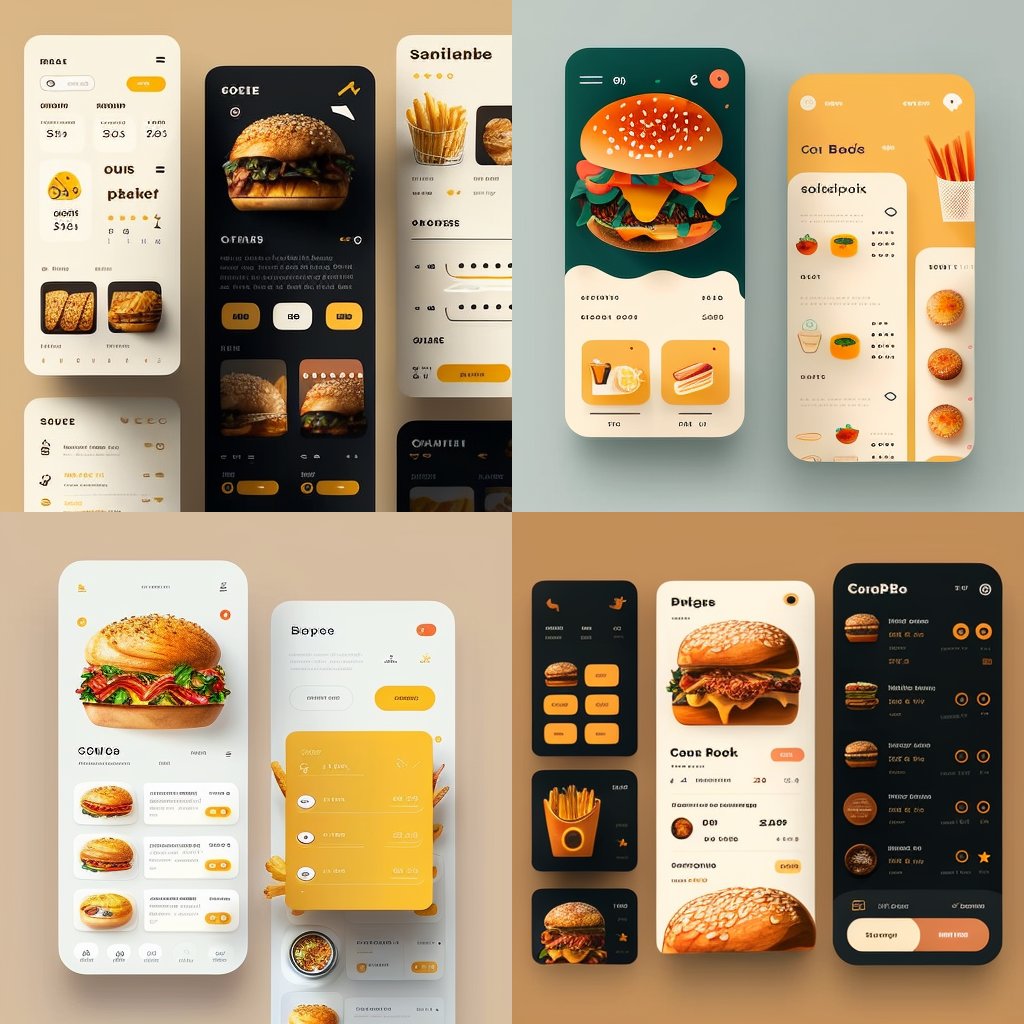
Food delivery app designs done in Midjourney by Chris Lüders
DALL-E
DALL-E is a deep learning tool created by OpenAI and just like other image generators, it produces digital pictures from the text prompts. In April 2022, the developer announced DALL-E 2. This is a free-to-use enhanced version that can mix various concepts and styles, providing pictures in a higher resolution.
Since November 2022, developers can integrate the tool into their apps with an API. You can see the DALL-E AI image generator in Microsoft Bing and Microsoft Edge, called the Designer app and Image Creator tool.
Apart from high resolution, this digital mind offers you a wide range of styles: from photorealism to emojis. Moreover, its smart brain is capable of rearranging objects and creating complex compositions in an illustration without detailed descriptions. If you aren’t pleased with the result, you can generate variations of the image, and edit or expand it. So this neural network is a go-to option if you need several interpretations of a prompt with different modifications.

DALL-E 2 interpretation of ‘a soup as a portal to another dimension’
Disco Diffusion
Disco Diffusion or DD is a clip-guided diffusion model written in Python programming language. It runs in Google Colab and creates art based on a text prompt. Unlike AI we described above, this one is skilled at creating abstract art with vibrant colors and compositions.
In comparison with competitors or Stable Diffusion, DD provides more parameters that you can adjust to your taste and achieve different styles and effects. What’s more, if you have a complicated prompt, Disco Diffusion has more chances to understand it. So you can use this generator for vivid, artistic concepts as if painted with a brush.
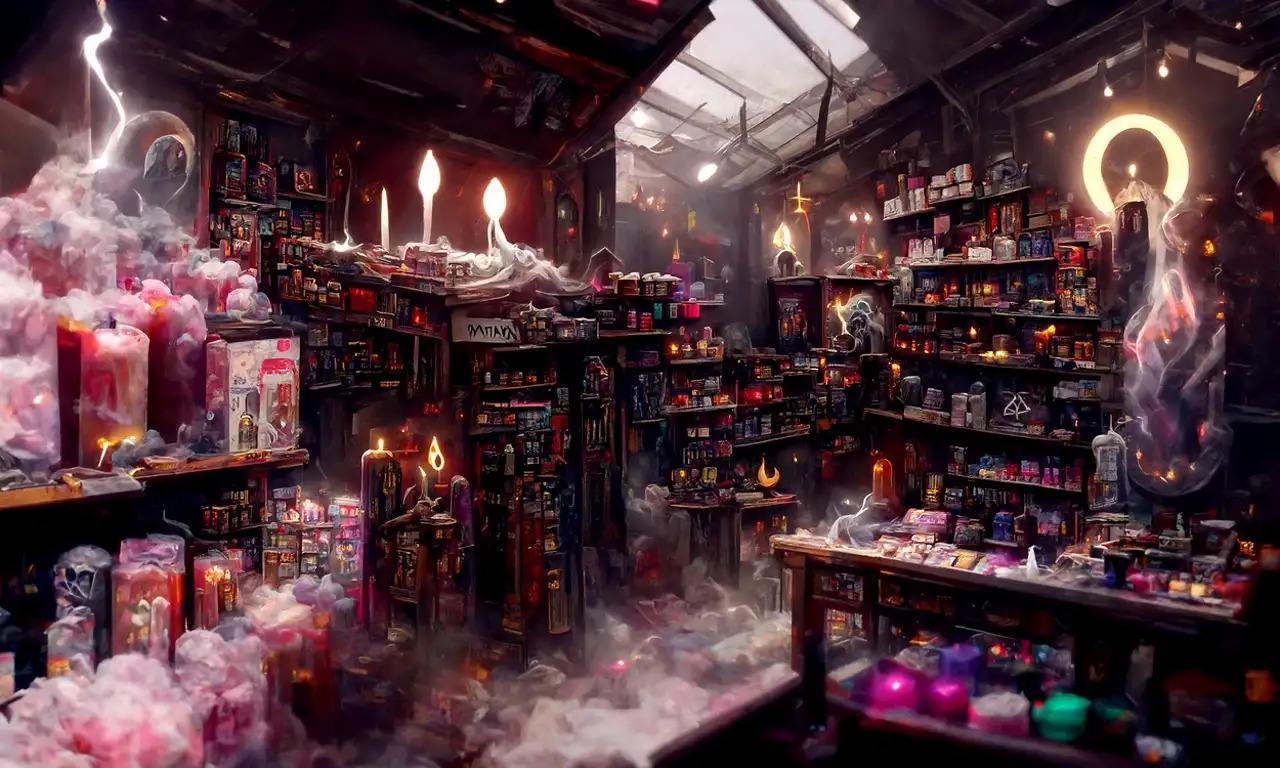
Image by Cheng He
Artbreeder
Artbreeder is a collaborative web platform that works on machine learning. With its help, users can create and adjust portraits, landscapes, and other paintings.
The name of the platform is closely connected to its working process. During the generation, you tweak different sliders called genes. In the Portraits section, they are responsible for gender, facial hair, earrings, glasses, etc. Also, the image can be crossbred with any other creation on the website. With another slider, you can control how much the ‘parents’ will influence their ‘child’.
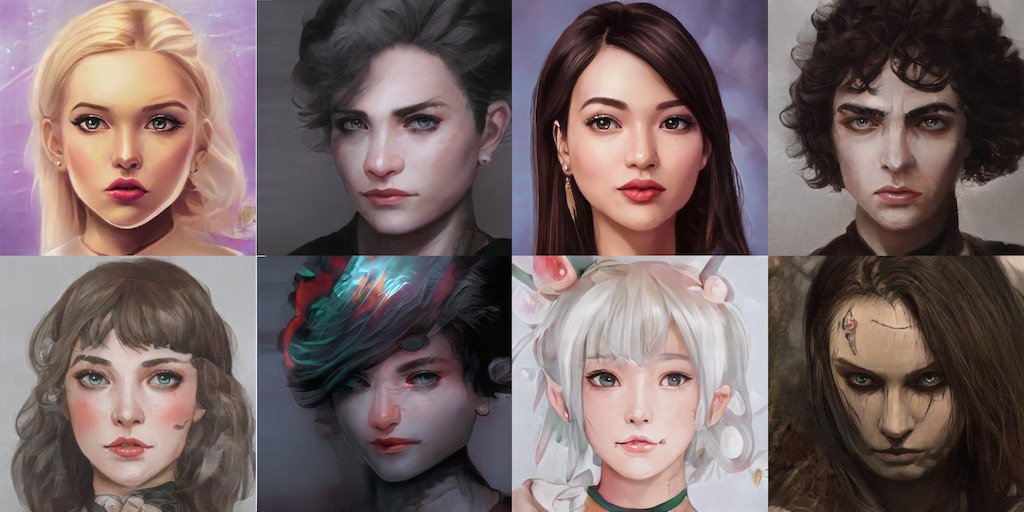
Artbreeder is a great AI image generator if you need to create characters of different races, gender, and occupation. This neural network will help you save lots of time and effort.
Nvidia GauGAN
Need a tool for photo-realistic images of landscapes? Then Nvidia GauGAN is for you. It’s actually named after the famous post-impressionist painter Paul Gauguin.
The improved version, GauGAN2, offers you two ways of creating pictures. The first one is common, you can use a text or phrase to generate a lifelike image. By modifying the prompt, you will tweak the scene in real-time.
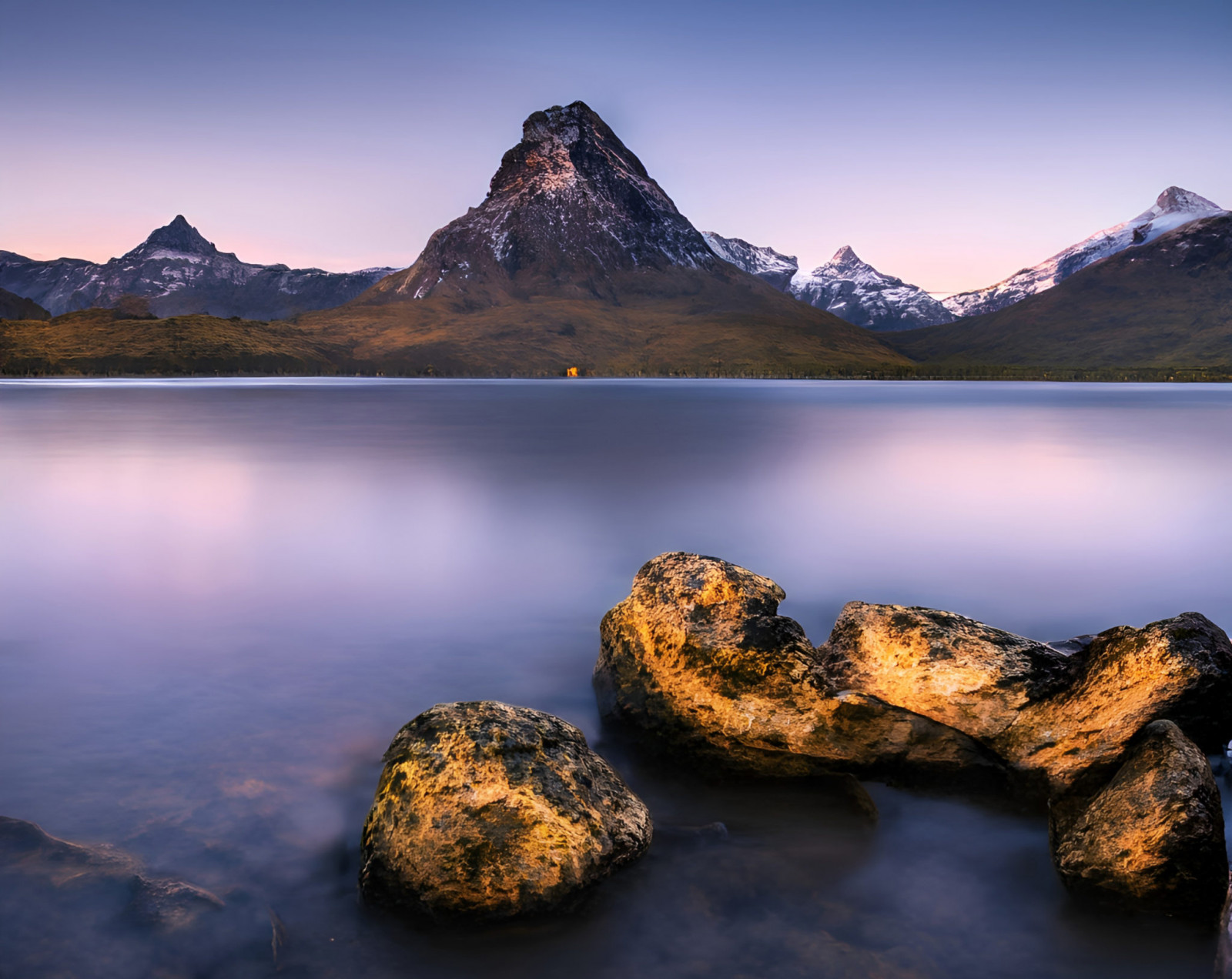
A landscape created with GauGAN2
Alternatively, you can paint the picture yourself with a special brush, showing where you want to have clouds, sea, dirt, or forests. By applying a filter, you can change the lighting or painting style completely.
GauGAN is a lifesaver when your product or branding requires photorealistic images, but you don’t have time to go photo shooting or googling the pictures.
EbSynth
Looking for a tool to transform videos and animations? EbSynth is worth checking out. This AI creates stunning visuals by mixing footage and paintings.
It’s easier than it sounds. You need to take a video, footage, animation, or 3D render. Then pick one keyframe and apply the painting style you want. Give them to the EbSynth, and it will apply the changes to all other keyframes. The neural network offers alpha channel support, so you can work with a transparent background, separating objects from a background.
As a result, you can transform your video or hand-drawn animation into a painted movie. Such a style will definitely make a strong impact on the auditory. Just take a look at the example below:
Dream by WOMBO
Dream by WOMBO is another AI image generator from the text. It has a few differences though. Dream offers you ready-made style presents, like realistic, expressionism, HDR, festive, etc. You can select your own image or NFTs as a reference.
With a paid subscription, it is possible to get enhanced features: variations, a Discord bot for generation, video format, and others. Dream is very easy to use, allowing you to create painted pictures in impressive styles in under a minute.
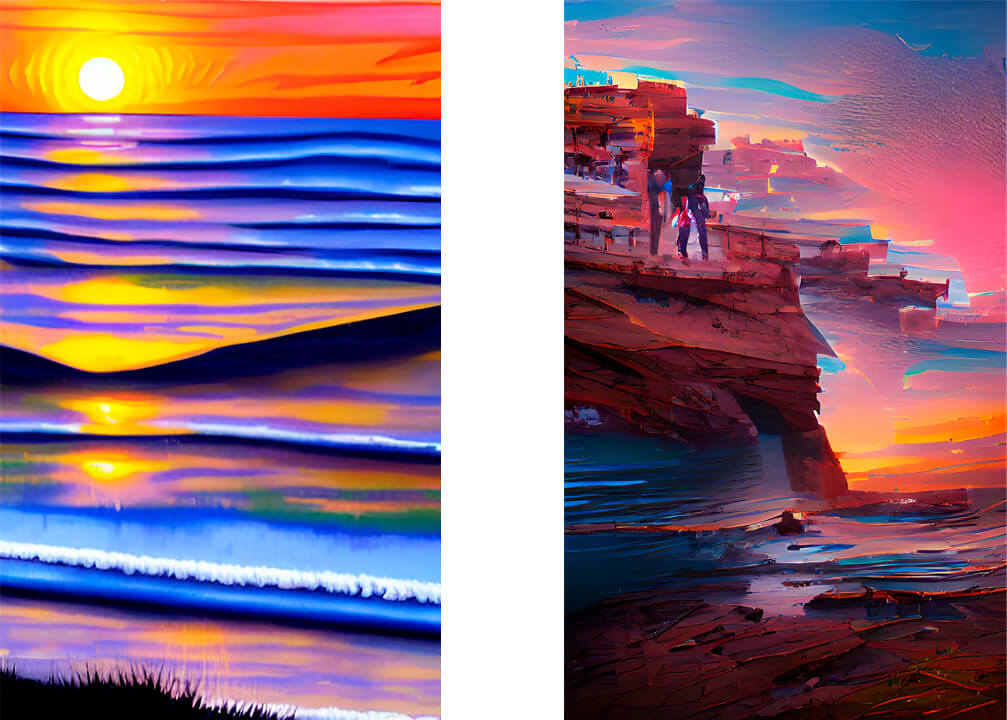
Sunset cliffs in different styles by the author
Neural networks have still a long way to go
AI image generators are a big step ahead. With proper usage, they can really boost your development process, allowing you to switch to more prompting tasks. However, they won’t be able to compete with human specialists for another decade. Cutting-edge designs and meaningful art can be created only by humans. So consider AI another helpful tool for in-house or personal use, not an enemy.
Moreover, when smarter digital brains are released, new professions will likely emerge. They will serve as a chain between AI and the employer. Existing positions might also expand, integrating image generators into the responsibilities. In the end, you won’t be back to square one.
If you need eye-catching illustrations or UI/UX designs for apps, contact us. We will provide concepts that will definitely catch the users’ attention.
